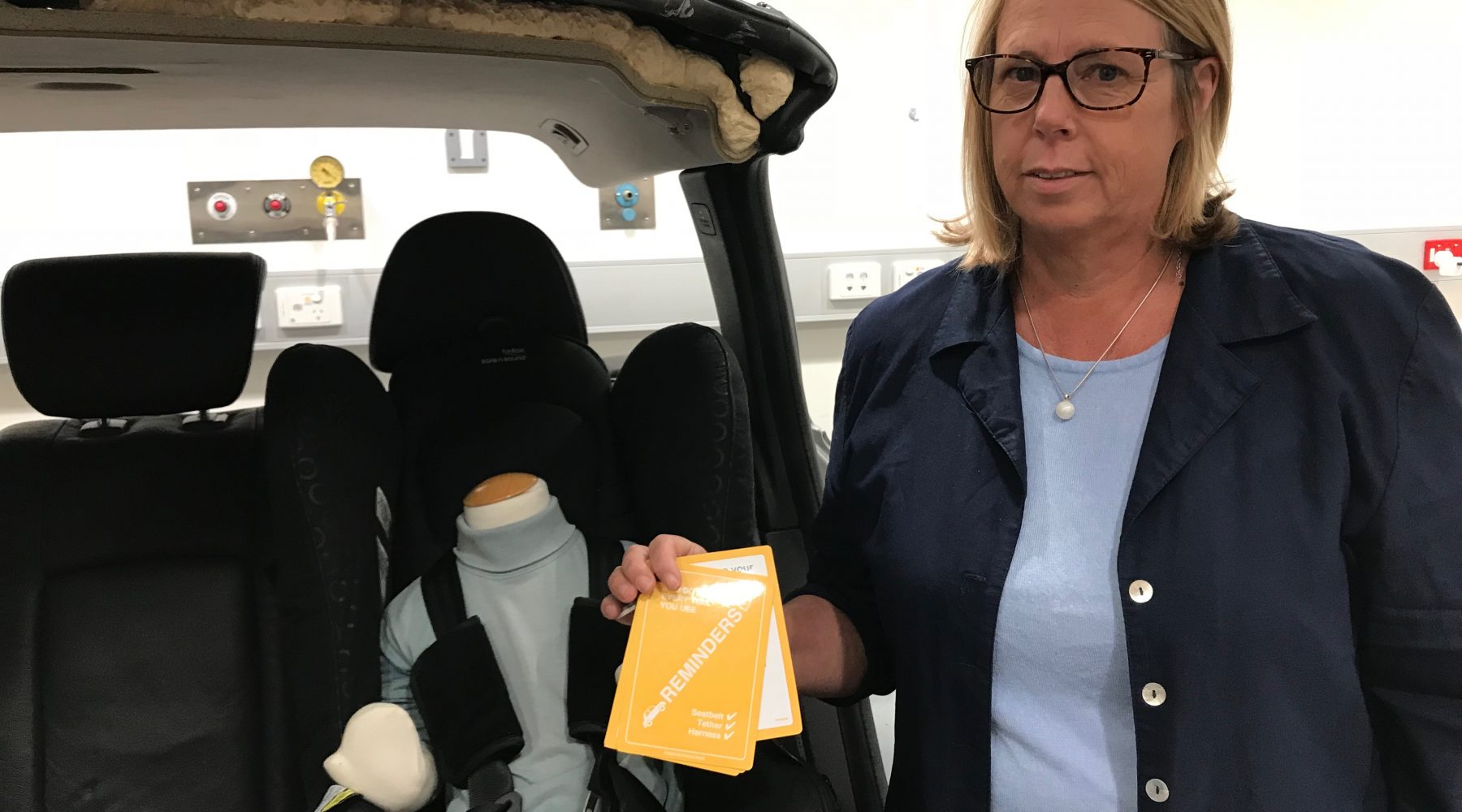NeuRA research offers a way to improve car seat safety

Improving the design of car restraint instruction materials could increase correct use by up to 27 per cent, saving lives and reducing injury, Associate Professor Julie Brown from Neuroscience Research Australia (NeuRA) has shared, in a study released at the Safety 2018 World Conference in Bangkok, Thailand held this week.
With an increasing number of early childhood education and care (ECEC) services transporting children to and from the service, or accessing transportation for excursions, as well as family day care providers transporting children daily, the findings are of interest to the sector.
Guidance from ACECQA around child restraints is available here
Associate Professor Brown revealed that nearly half of Australians using restraints are using them incorrectly, increasing the risk of serious injury to children by up to three times.
“Research undertaken at NeuRA identified a critical relationship between comprehension of instructional materials and errors in use,” Associate Professor Brown said.
In a survey of 400 Australian parents, 90 per cent reported that they had read the instructions supplied with the restraints, yet high rates of incorrect use continue.
“This suggested instructional materials in their current form may not be effective in communicating how to use restraints correctly, and that we may need to take a new approach to how instructional materials are regulated in product standards,” said Associate Professor Brown.
Researchers at NeuRA looked at the range of instruction materials provided by manufacturers, and then developed a new set of prototype instructional materials for correctly using the restraints.
The instructions, which differ from the existing instruction types available, were designed with a user driven approach, and were tested and refined until over 80 per cent of study participants achieved correct comprehension and proper restraint use.
“We are trying to ensure information supplied with child restraints is comprehensible, to ultimately ensure they are installed correctly and do what they are designed to do.” Associate Professor Brown said
The revised instructional materials which were developed in the study consist of:
- An A3 instruction sheet
- A set of four swing tags which attach to the restraint
- An online video which demonstrates the instruction and usage process
- QR codes on the instruction sheet and swing tags which link to the instruction video
After using the new materials, there was a 27 per cent increase in correct use of restraints, and comprehension was 42 per cent higher.
NeuRA CEO, Professor Peter Schofield described the process of involving the end user in the instruction design process as the gold standard, saying
“Bringing users into the design process ensures comprehension and overall correct usability, and will assist in our goal to save children’s lives and prevent serious injury”
Injury is the leading cause of death and hospitalisation in Australia for children aged one year and over, and Associate Professor Brown said “This could be a cost-effective and far-reaching intervention that will keep kids safer on the road both here in Australia and in many other countries around the world.”
To learn more about the study, readers can visit https://www.neura.edu.au/car-seat-study/.












